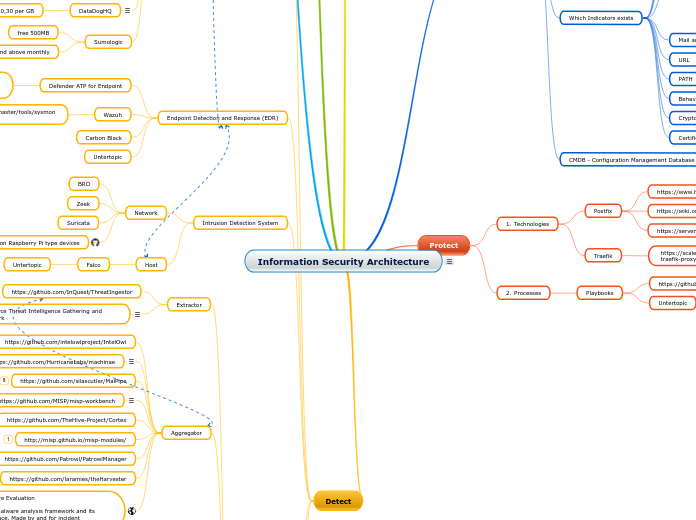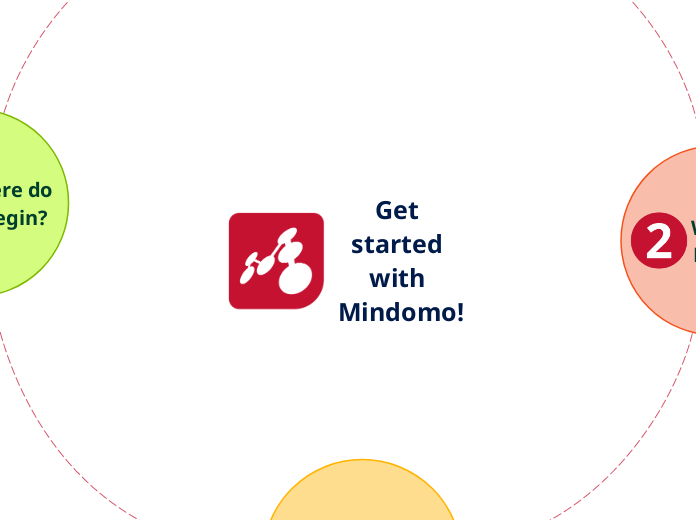CHAPTER 2
PLANNING
Use this mind map structure to discover unseen connections, generate new ideas and reach a better understanding of any given subject.
Type of Problems and Decisions
Unstructured Problems
Non-programmed decision
Structured Problems
Policy
Rule
Procedure
Six Step of Effective Decision Making
Control the result
Implementing the decision
Selecting the most feasible
Generate alternative
Creativity
Innovation
Set the objective and criteria
Define the problem or opportunity
Strategic vs Operational Planning
In operational planning, management sets short‐term objectives and determines in advance how they will be accomplished.
In strategic planning, management develops a mission and long‐term objectives
Operational Plans
Repeated
Manufacturer
Not repeated
Carrying out the strategy
Very detailed
Strategic Planning Process
Implement and control the strategy
Develop strategics
Set objective
Players
Promotion
Marketing
Analyze the environment
Threats
Opportunities
Weakness
Strength
Develop the misson
Strategic Planning
Strategy
Mission
Long terms
Type of Plans
Long run plans
Short run plans
Functional plans
contingency plans
Operational plans
Standing operational plans
Single use operational plans
Strategic plans
Benefit Of Plannig
Road map
More effective control system
Participatory work environment
Focus on forward thinking
Better of planning
Decision Condition
Uncertainty - Limited information
Risk - Probabilities may be the result
Certainty - All outcomes are known
Poor Planning
Failure to maximize the use of resources
Failure to operate within budget
Failure to survive
Failure to reach desired objectives
Good Planning
Minimize problems in the effort of getting from point A to point Z .Good planning leads more effective and result. Efficiency and effectiveness translate into grater productivity.
Planning Should Be
Short term and long term
Factual, logical and realistic
Formally prepared
Decision Style
Consistent - Doesn't rush and doesn't waste time
Reflective - Takes plenty of time to decide
Reflexive - Making snap decision
Decision Making
Process of selecting action
Definition
“Planning involves understanding the current situation of the organization, knowing what results the organization desires to achieve, devising the means to achieve those results, and guiding and controlling operations so that the results are achieved” (Lewis, Goodman & Fandt, 2001, p.120)
“Planning is the process of outlining the activities that are necessary to achieve the goal of organization” (Lewis, Goodman & Fandt, 2001)
“The process of determining in advance what should be accomplished and how it should be realized” (Mondy, 1993)
“Planning is a process that begins with objectives, defined strategies, policies and detail plans to achieve them. Planning establishes an organization to implement decisions and includes a review of performance and feedback to introduce a new planning cycle” (Stoner, 1995)
Problem Solving
Process of taking correction action
Short-Term Plan and Long-Term Plan
Short‐Term Plans Plans with time frames on one year or less
Long‐Term Plans Plans with time frames extending beyond five years
Functional Plans
Classified by their use or function.
Contingency Plans ( Back Up Plans)
Alternative plans that can be implemented if uncontrollable events occur.









